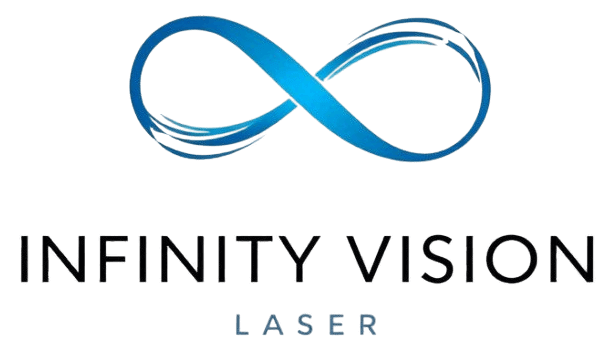
Refractive Lens Exchange
Refractive Lens Exchange (RLE), also known as Clear Lens Extraction (CLE), is a vision correction procedure that replaces the natural lens of the eye with an intraocular lens (IOL) to enhance focusing power. Using the same advanced techniques as cataract surgery, this procedure provides a long-term solution for individuals with high myopia, hyperopia, presbyopia, or astigmatism.
Unlike LASIK, PRK, or SMILE, which reshape the cornea, RLE leaves the cornea untouched and instead replaces the lens inside the eye. This makes it an ideal alternative for patients who are not candidates for laser vision correction due to thin corneas or other conditions.
Who is a Candidate for RLE? 🤔
RLE is an excellent option for individuals who:
✅ Want to reduce or eliminate their dependence on glasses or contact lenses
✅ Are between 45 and 75 years old
✅ Have high myopia, hyperopia, presbyopia, or astigmatism
✅ Are beginning to experience early symptoms of cataracts
✅ Are not suitable for LASIK, PRK, or SMILE
✅ Have no major eye health issues that could affect healing
Why Choose RLE? ✅
- Customized Vision Correction – Advanced premium intraocular lenses (IOLs) correct vision at multiple distances, reducing or eliminating the need for reading glasses.
- Astigmatism & Presbyopia Correction – Toric IOLs correct astigmatism, while trifocal or extended depth-of-focus (EDOF) lenses improve near, intermediate, and distance vision.
- No Corneal Alteration – Unlike laser eye surgery, RLE does not modify the cornea, making it a safer option for those with thin or irregular corneas.
- Prevents Cataracts – Since the natural lens is replaced, patients eliminate the risk of cataracts in the future.
- Permanent Results – RLE offers long-lasting vision correction, avoiding the age-related regression sometimes seen with corneal surgeries.
How is RLE Performed? ⚙️
RLE is a quick and safe outpatient procedure that follows the same steps as cataract surgery:
1️⃣ Numbing Drops Applied – Topical anesthesia is used to keep you comfortable.
2️⃣ Lens Removal – A tiny 3mm incision is made, and the natural lens is removed.
3️⃣ Lens Implantation – A foldable IOL is inserted through the same incision and positioned for optimal vision correction.
4️⃣ Self-Healing Incision – No stitches are required, as the small incision seals naturally.
Each eye is treated separately, with the procedure taking about 20 minutes per eye. Patients return home the same day with minimal discomfort.
What to Expect After RLE? 👀
Following RLE, vision improves gradually as the brain adapts to the new intraocular lens. Here’s what to expect:
- Mild blurriness for the first few days.
- Sensitivity to light, glare, or halos around lights during the early healing phase.
- Improved vision within 1–2 weeks, with continued refinement over the next few months.
- Most patients return to work and daily activities within a week, depending on their visual demands.
- Minimal downtime, with a high success rate and lasting results.
What Are the Risks of RLE? ⚠️
As with any surgery, RLE carries some risks, although they are rare. Potential complications include:
- Infection or inflammation
- Increased eye pressure (glaucoma)
- Retinal detachment (more common in highly nearsighted individuals)
- Mild dry eye symptoms
- Sensitivity to light or glare
- Distortion in vision
Our expert surgeons at Infinity Vision Lasers will discuss all risks in detail to ensure you make an informed decision.
Is RLE Right for You? 🏆
If you’re over 45 and looking for a permanent solution to reduce dependence on glasses, Refractive Lens Exchange could be the best choice for you. Our team at Infinity Vision Lasers offers cutting-edge technology and premium IOL options to provide you with the best possible vision.
